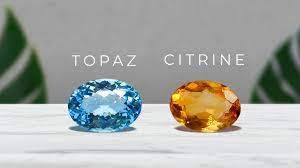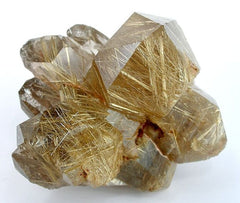Some information about cabochons!
May 06 2015 0 Comments Tags: cabochon, gemstones

Today I was uploading some new Amethysts cabochons on my Shop and decided to research about cabochon cut - one of the oldest form of cutting in the world.
The word cabochon comes from the French caboche (head) and means a highly polished, convex-cut, unfaceted gem. The convex style of cutting gems is usually applied to the opaque ones, while faceting is usually applied to transparent stones. The upper surface of a cabochon cut is gently curved, while the back is flat, allowing for easy working and setting.
Cabochon is one of the most basic cuts but can totally transform the look of a piece of rock, bringing out unique shapes and lines in the rock. Cabochons are used in ornamental jewelry, just like regular gems, and they are available in a number of shapes and sizes to suit all needs.
To cut cabochons, lapidaries cut a rough form from the rock and then use a saw to trim it to shape. The shaped stone is mounted on a stick so that it can be curved and polished. The part of the stone attached to the stick will become the flat back of the finished gem. Once the stone has been shaped and polished to satisfaction, the lapidary removes it from the stick and gently breaks away the hard wax used to attach the stone.
Idar-Oberstein in Germany was the gem cutting capital of the world. According to historical records, miners in the late 14th century found agates in Idar and Oberstein and began to cut it into cabochons and sculptures. In the beginning of the 18th century, there were about 15 cutting gem shops in the village. This number doubled by the beginning of the 19th century when a large boom occurred due to the German emigrants discovering large agate deposits in Brazil and bringing the material back to be cut.
This is just a little introduction, but I will keep researching. If you want to help me, please send me some information!
0 comments





Leave a Comment